I'm following some tutorials to learn how to use the history events in JS to deal with what is essentially paging on one of my forms. I have added the following code to an onClick event that changes the page:
state = {'actionCode': 'pageChange', 'pageNum': pageNum};
window.history.pushState(state, 'Page ' + pageNum, '/subF/fileName.cfm#page' + pageNum);
console.log(state);
I tried a number of other variations originally, including blank or null title and url arguments.
I then added this to the bottom of my JS file to see what I have to work with:
function checkState(e) {
console.log(e);
console.log(history.state);
}
$(function() {
window.onpopstate = checkState;
});
What I expected to see after changing 'pages' (running the first snippet of code) and then clicking the back button was a e.state object containing actionCode and pageNum variables. Instead, I see the state appear as null even though the object itself appears to hold the data immediately after passing said object to pushState:
I get the same null value when dumping history.state, so I assume the problem is with the push and not the get, or that I'm completely misunderstanding how these functions work.
What I expected to be able to do was add code to checkState that looks at the 'actionCode' and takes appropriate action based on that, reference the variables I know will exist in the state object for that particular actionCode.
